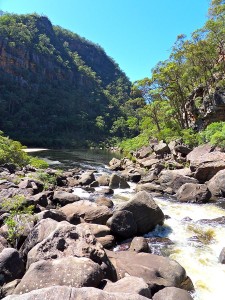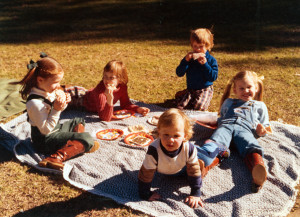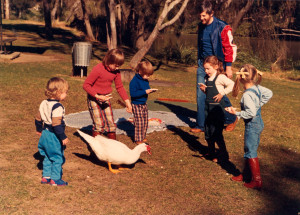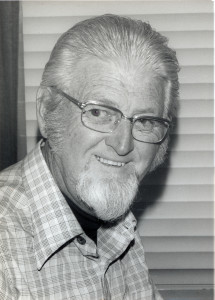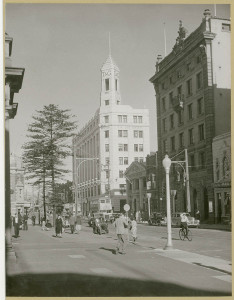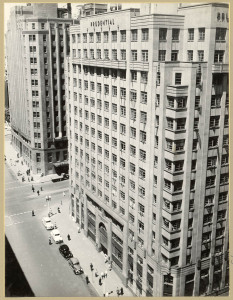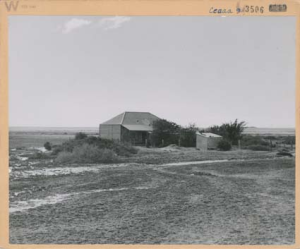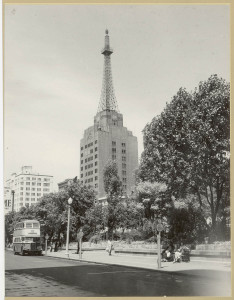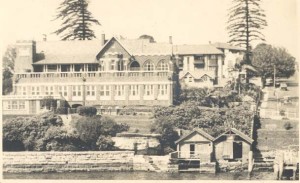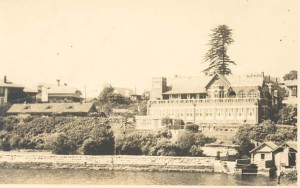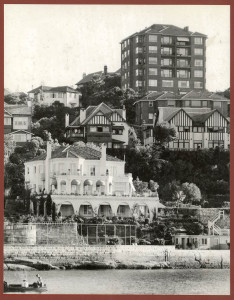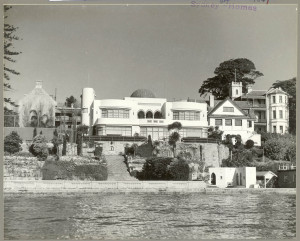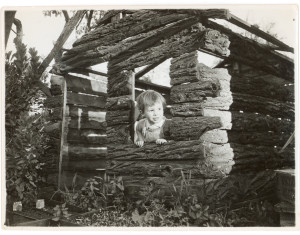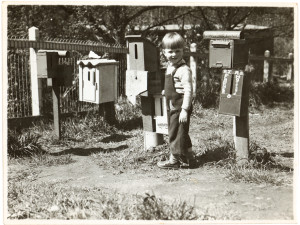Over the last few weeks I have sent out a lot of feelers based upon my research into Ray Bean. One of those was based upon a book ‘Back from the Brink’ by Andy MacQueen http://www.diamondspirit.net/adunk/AndyMacqueenBooks.html The book was one of the few things that came to me after my grandfather died. Ray had received it just before the last time I saw him in 1997. It was signed by Andy and mentioned Ray in it. So when asked if I would like anything I requested the book.
When looking for information about Ray Bean it was obvious that I should have a look at the book ‘Back from the Brink’ and follow up on the information in it. I had read the details once before but had obviously not taken them in very well at the time, probably because my grandfather had just died.
There wasn’t much in the book, just a couple of sentences really.- The first recorded walk of the newly-named forest was undertaken in the October long weekend of 1931 by a mixed group of nine Sydney Bush Walkers under the leadership of Gwen Lawrie. They went in via Victoria Falls, and out via Govetts Leap. For the eighteen-year-old Ray Bean, a novice in the party, the weekend was to be a major event of his life, not so much because of the impact of the forest- which to him was ‘no big deal’, but ‘just another lovely place’- but because it was the occasion on which he discovered what he was looking for: a wonderful group of companions pursuing a wonderful pastime. As for many other walkers, for Bean it was not the forest per-se which was wonderful, but the social context which it provided.
Andy goes on to quote Ray Bean again-
“we didn’t think much of [the Blue Gum Forest issue] at the time, of course. We didn’t think there would be all this hoopla about the Blue Gum in later years, but that’s how history is made I s’pose, that’s why it’s so vague, because when it happens nobody takes sufficient notice”
I read this and thought that maybe it would be a good idea to see if I could contact Andy MacQueen. It was quite obvious that he had spoken to my grandfather and I thought he may have a bit more information than the small snipets he had put into his book. So I went searching to find Andy. Whilst doing that I also had a careful look over the book that I had. IN the very front under acknowledgements there was a mention of the ‘Participants in the Blue Gum Forest Oral History Project’. Ray Bean was one of the names. So now I knew that there was a recording out there somewhere of Ray’s voice and his views and memories of some parts of his life.
As you do, I did a Google Search on the Blue Gum Oral History Project- nothing. I looked in the NSW State Library records to see what they had- nothing. I was going through the Sydney Bush Walker magazines looking for mentions of my grandfather and suddenly a mention of the project turned up. The project had been deposited with the Blue Mountains Library in Springwood, NSW. So I contacted the library, nothing, they didn’t know of the project. By this time Andy had answered my first email telling me he was in Tasmania and would be back soon. He may be able to help me when he came back. So I was happy to wait.
However, more news came from John, the Local Studies Librarian at the Springwood Library. He had located some transcripts of the project. He didn’t have the tapes but he was going to send me a copy of the transcript for my Grandfather. Then wonder of wonders he located the tapes as well. They have now been indexed and are part of the Libraries Local Studies Collection. They are to be digitised. At the same time Andy arrived back in NSW. He sent me a .wav file of the whole interview plus a scanned copy of the transcript plus the photos he had copied at the time he talked to my grandfather and a diary of one of the walkers that my Grandfather had walked with on one of his larger walks.
I am now trying to search through the family members to see if anyone has the photo album that Andy has copies of a few photos of. Plus of course, any other photos that may be left from my grandfather. I haven’t read the diary yet but have listened to the whole interview, read the transcript and looked at all the other information that Andy has sent me.
It was wonderful to be able to listen to my grandfathers voice again. It was amazing how familiar it still seemed to me. It was also good getting in touch with some of the family members again. So hopefully I will see some of them soon. I sent a photo of my grandfather off to be placed with the transcript and audio files for the Blue Mountains Library and in case Andy should need it again. In the mean time, it may be time to put together a slide show soon and make it available on this blog.

